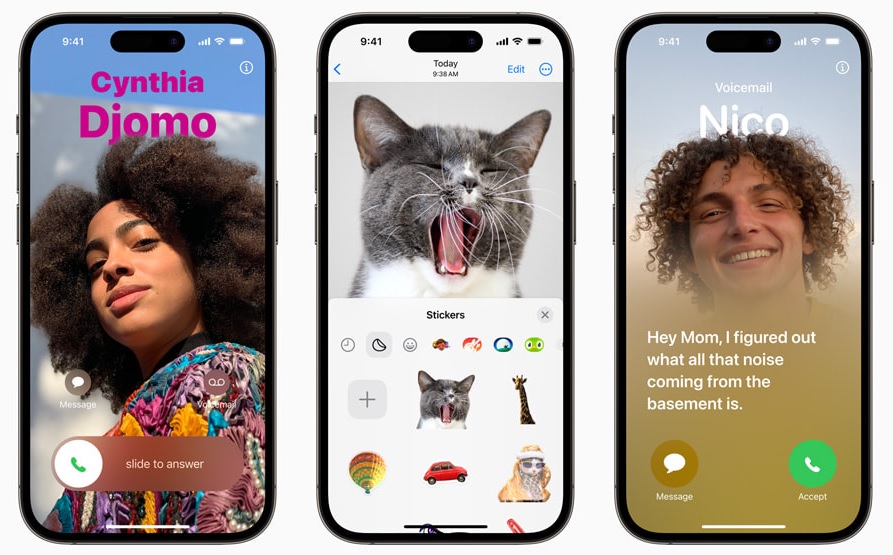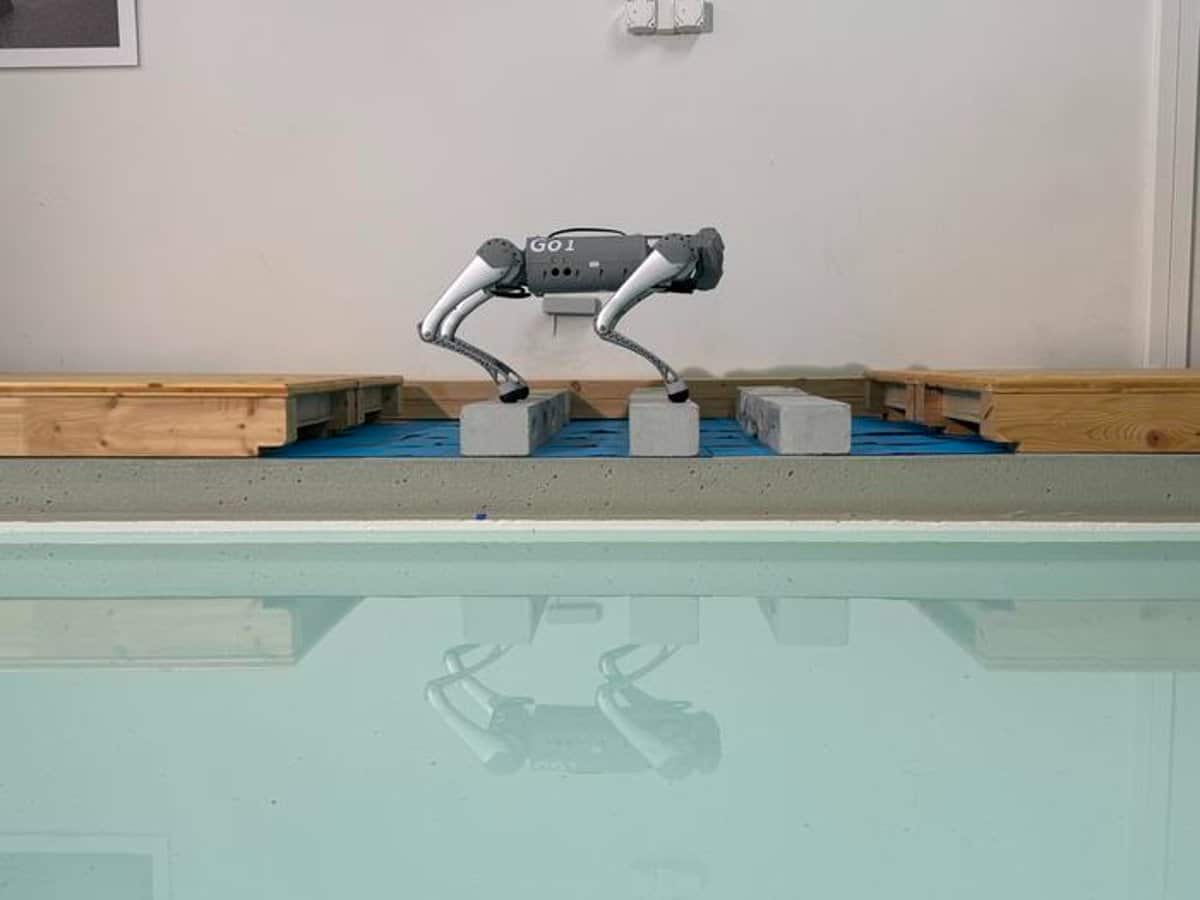Microsoft recently introduced some innovations at the Build conference. Of course, our data and analytics ears have been particularly piqued when it comes to the topic of Microsoft Fabric. It’s been a while since then that we’ve gotten into the habit of taking a closer look at what’s new from Microsoft internally in our innovation labs and with our customers.
All under one roof
With Microsoft Fabric, Microsoft is iterating on its Power BI recipe for success and bringing together a full suite of tools, including the data management area, under a new roof. The roof is called Microsoft Fabric.
The tools include everything a data (and science) heart desires: data integration, data engineering, data warehousing, data science, real-time analytics, and Power BI itself. Most of the functionality hidden behind these services is not entirely new to Azure. A big piece of the Azure Data Factory can be found in Fabric Data Integration, and Data Architecture has also got the best pieces of serverless Spark Pools in Azure Synapse.
What’s striking is the simplicity with which Microsoft has been able to fit all the services into the new home.
This is achieved in particular by consistently following two principles:
- SaaS everywhere! Microsoft Fabric’s focus is on Software as a Service (SaaS). This means: no manual server management!
- Common standard: Lake Onelek and Lake Delta. All data in Microsoft Fabric (yes, even that in storage) is stored in Onelake as delta tables. This enables seamless switching of tools in Microsoft Fabric based on the same data and access guaranteed by Onelake. We also hope to get support from Iceberg in the future.
In addition to the ease of use and simplicity with which Microsoft bundles services into the fabric, there are also a few tangible technological innovations:
With Direct Lake, it is now possible to query files on the lake from Power BI without requiring additional compute such as Synapse Serverless or having to regularly refresh datasets in order to enable the maximum performance user experience with imported in-memory data. Tableau & Databricks announced something similar via Delta Share a couple of years ago, but the functionality isn’t publicly available yet. Thank you Microsoft for this treatment!
Onelake also falls into a box for which we do not yet have a label in our advisory warehouse. While Onelake offers many of the well-known functions from Azure Data Lake Store Gen 2 (ADLS Gen 2), Microsoft has done a better job here as well: it is now possible to use the well-known abfss driver via OneLake to access more than just data in The cloud and control are in Azure, but even connected S3 buckets can be queried. Row- and column-level security for query tools within the fabric has also been declared. It’s unfortunate that this only works within fabric, but from a technical perspective, it’s completely understandable.
With Fabric, Microsoft is evolving in exactly the right direction
We were really impressed by the simplicity with which Microsoft was able to combine the complexity of a wide range of data fields. This brings all topics related to data engineering much closer to the majority of data users in companies. While this is of course no excuse for sloppy data management, transparency and simplicity cannot be valued highly enough, especially in the data arena.
Early adopters beware: There are currently many features that have been announced but are not yet available. We find this much easier with the no-code Data Activator component than with the lack of table-level access control.
We’ll stay in touch with Microsoft Fabric and keep you updated on our findings and learnings: on our LinkedIn channel and on XING.
Authors
Alexander Kreiler, Senior Consultant in Business Intelligence and Data Management, QUNIS GmbH
Christian Thiel, Senior Data Engineering Consultant, Data Engineering, Data Science, QUNIS GmbH
Ulf Papenfus, Senior Business Intelligence and Data Management Consultant, Microsoft Power BI Expert, QUNIS GmbH

“Certified tv guru. Reader. Professional writer. Avid introvert. Extreme pop culture buff.”





More Stories
Huasun offers 0BB heterojunction solar modules with modern zero busbar technology
Security and the added value of operational digitization
Robotics, Teamwork and Technology – Dornbirn